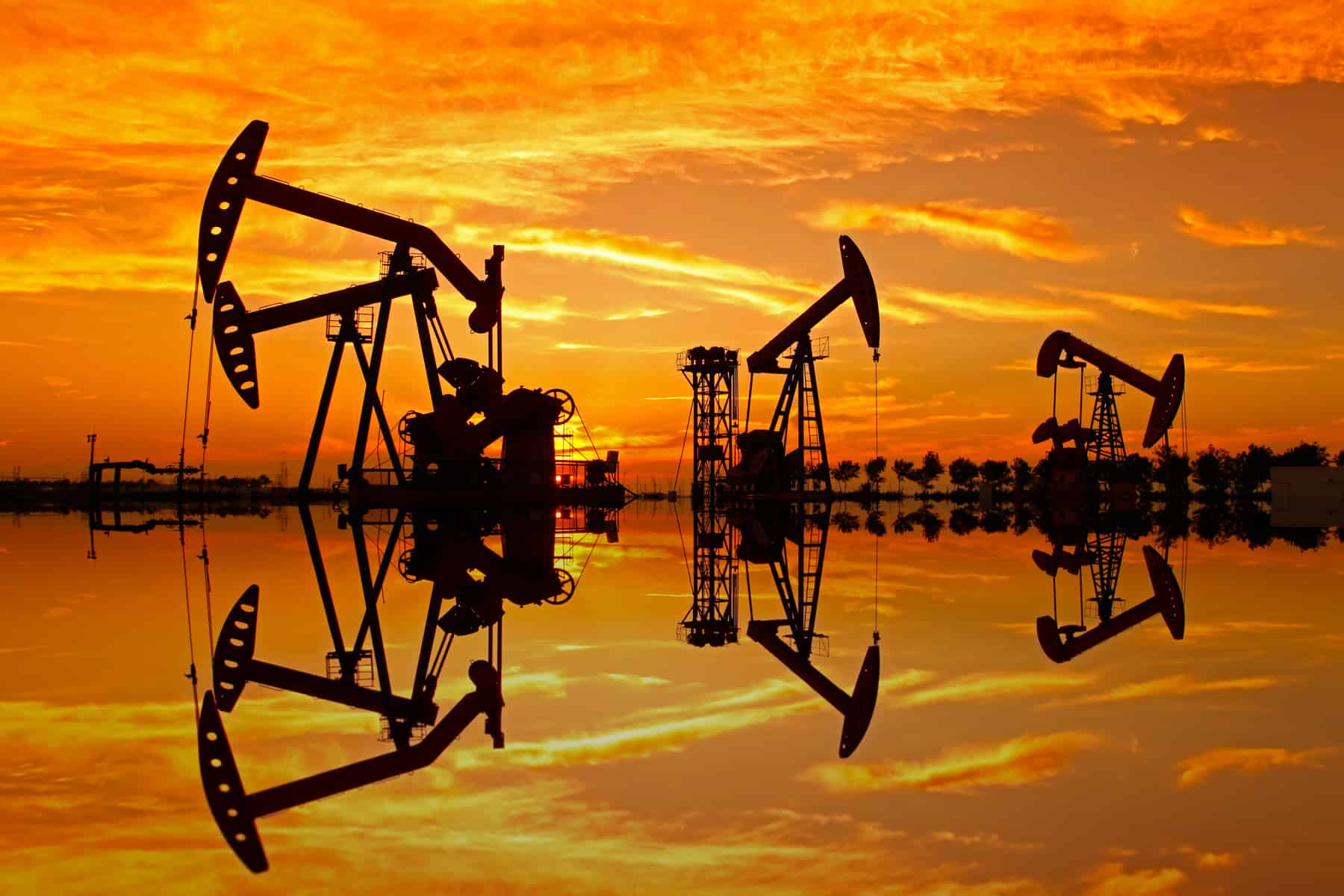
As the building blocks of industrial processes and agricultural production, energy and water foster wealth creation and prosperity. Conversely, the consumption of energy and water also increase with wealth. For example, the United States is responsible for approximately 20% of global energy consumption and about 20% of the global economic activity.1For global statistics on energy consumption, see the International Energy Agency’s databases and reports. In fact, energy consumption and economic activity have a roughly linear relationship. In other words, countries with higher per capita energy consumption have higher gross domestic product.
Dr. Michael Webber describes global energy consumption in this clip from Energy 101.
A wide range of factors affect how energy resources influence a nation’s population. Either a small subset of the population or an entire country can experience upward mobility from extraction and consumption based on governance structures and market systems. A positive feedback loop between upward mobility and energy consumption feeds economic and social growth around the world, but at some point environmental impacts complicate the system by introducing environmental and health risks. Water use is similarly related to economic prosperity and growth, as both per person withdrawals and industrial withdrawals increase with economic growth.2For statistics on water use by sector, see the United States Geological Survey for U.S.-specific information, or the World Bank for global information. Jill Boberg’s report Liquid Assets, RAND Corporation, 2005, is a convenient overview and summary of some of the key underlying issues.
In many developing parts of the world where women and girls bear the responsibility to transport water, school-age children miss hours of school each day while transporting water. To further complicate the issue, once water is obtained, it must be treated before drinking. In remote villages where piped water systems and centralized water treatment are unavailable, water must be boiled. Obtaining fuels requires similar effort and time, multiplying the amount of human energy required to live with basic human necessities. Unfortunately, common cookstoves perform badly with carbon-intensive fuels, such as fats, oils, and waste, producing indoor air pollution that contributes to the premature death of over 4 million women and children every year.3World Heath Organization, “Burden of disease from Household Air Pollution for 2012,” 2014.

Archaic, labor-intensive approaches to energy and water take a toll on women’s prosperity and economic opportunity.4S.R. Kirshenbaum and M.E. Webber, “Liberation Power: What do women need? Better energy,” Slate, November 4, 2013. Daily tasks leave little time for education or employment outside of the home. In fact, more than 70% of the 1.5 billion people living on less than $1 a day are women.5PBS, “Facts About Global Poverty and Microcredit,” To Our Credit, accessed May 25, 2015, link.
Although the scenario sounds typical for a long time ago in lands far away, the burden of acquiring basic human resources was common in the United States less than about a century ago. This poster was created by the University of Missouri in 1920 as part of a campaign to encourage farm owners to modernize the water systems of their homes and agricultural operations.6U.S. Department of Agriculture, The Farm Woman’s Dream, Special Collections, National Agricultural Library, University of Missouri, College of Agriculture 1920. It is aptly titled The Farm Woman’s Dream, and shows a woman carrying water from a hand-pumped well in the freezing cold along an icy path uphill. The dreary image evokes a sense of hard labor associated with getting water into our homes. In the upper part of the image is the farm woman’s “dream” in which spigots at a sink provide hot water at the turn of a valve and with steam curling to the ceiling.
The poster is targeted at women, not men, a telling example of who endures the greatest burden by lacking access to modernized systems and who reaps the greatest benefit from them. The burdened, vulnerable woman in Africa today, struggling to fetch water, is not unlike the burdened, vulnerable woman in the rural United States less than a century ago. Access to water and energy turns the story around.
Power Trip: The Story of Energy, Courtesy Alpheus Media.
Novel electrical appliances such as the dishwasher and washing machine provided women in the United States even more freedom to pursue opportunities outside the home.7For a discussion of appliances and women, see: Institute of Electrical and Electronics Engineers (IEEE) Global History Network, “Household Appliances and Women’s Work,” 2012 , accessed August 25, 2016, link; and University of Montreal, “Fridges and washing machines liberated women, study suggests,” ScienceDaily, March 13, 2009, accessed August 25, 2016, link. Chores like cooking and cleaning were no longer as time consuming and complicated, and a new generation suddenly had the chance to pursue higher education and their own careers. In turn, U.S. culture shifted to accommodate working women.
Similar changes will take place in the developing world as greater access to electricity aids the adoption of modern energy tools. Distributed energy and water systems that use advanced technologies such as nanofilters and smart controls can democratize resource access, improve health, and liberate a new generation of people. Improved living conditions introduced by cleaner and more reliable energy and water services develop the possibility for alleviating poverty among women while also presenting more choices.
A healthier, cleaner, and more sustainable future empowers women, which in turn empowers society.
Moving toward the future, there are a couple of technology trends to monitor. One is decreasing resource intensity. Products and services are getting leaner, as appliances, automobiles, and other applications require less energy. Simultaneously, information intensity is increasing. Products and services employ and collect more information, known as Big Data. The third technology trend is increasing customization and localization. Instead of depending on a central power plant, hospital, or even a grocery store, consumers will rely on on-site resources to meet their needs.
Among all the various pathways toward a more resourceful future, conservation is among the mostly widely applicable and beneficial options. Energy and water conservation work at every scale. At a small scale, you can turn off the water when you brush your teeth or turn off the lights when you leave the room. At a larger scale, you can drive an energy-efficient car or refrain from watering your lawn. The overall manufacturing burden can be reduced if you reduce, reuse, and recycle. At a societal scale, we can redesign our cities so they are more compact reducing the need to use energy driving. We can redesign society for a better future.
This reference introduces a new integrated paradigm focused on long-term sustainability. A new mindset allows solutions that will enable us to manage the water-energy nexus holistically heralding a better future.
Image Credits: pan demin/Shutterstock.com; Sabino Parente/Shutterstock.com.
Update your browser to view this website correctly.Update my browser now